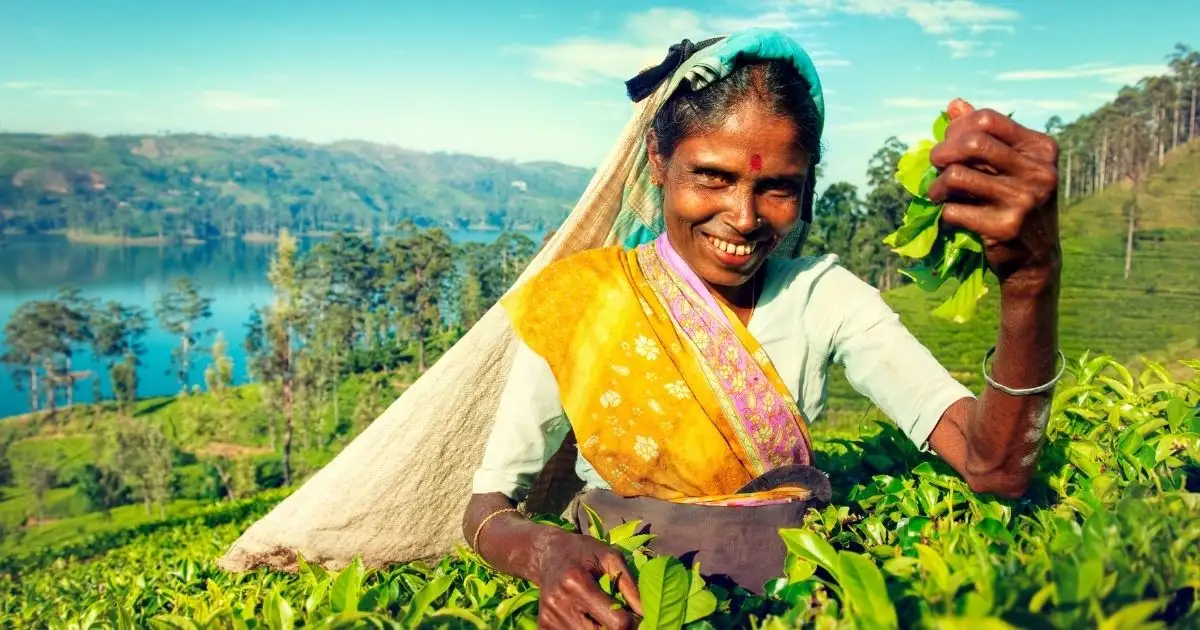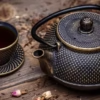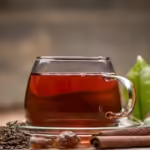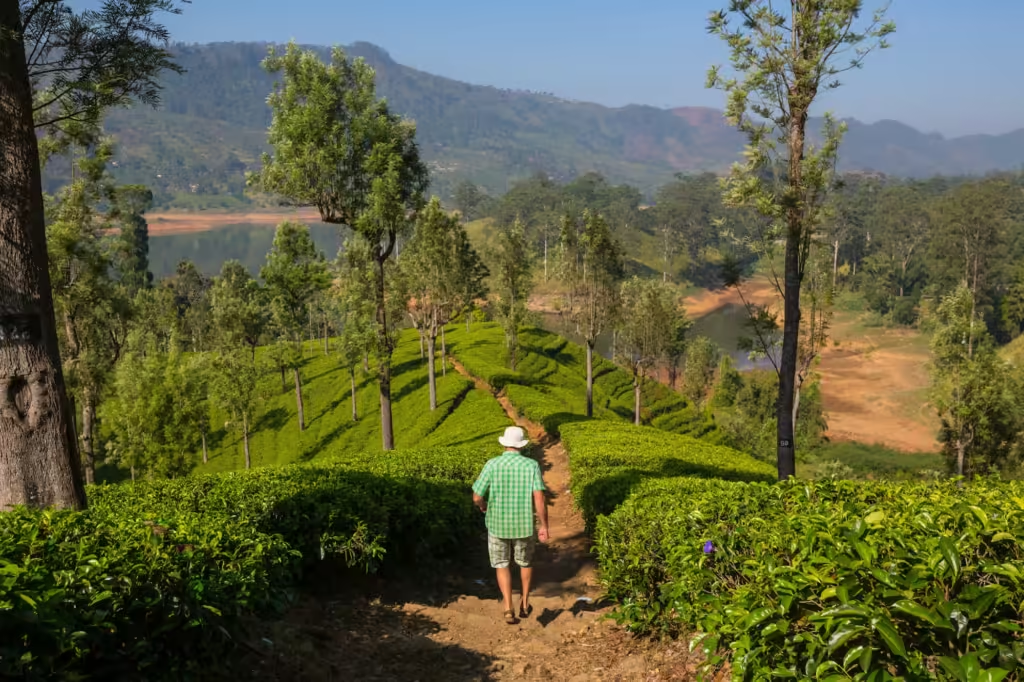
James Taylor: The Pioneer of Ceylon Tea
James Taylor is widely regarded as the pioneer of the Ceylon Tea industry. His innovative spirit, dedication, and vision transformed Sri Lanka, then known as Ceylon, into one of the […]
 play_arrow
play_arrow
The Ultimate Guide to Tea Brewing Mr. Tea Talk
 play_arrow
play_arrow
A Comprehensive Review of 3 Must-Have Tea Products on Amazon Mr. Tea Talk
 play_arrow
play_arrow
The Ultimate Guide to the Best Tea Essentials on Amazon: Kettles and Teapots You’ll Love Mr. Tea Talk
 play_arrow
play_arrow
The Best Teapots for Tea Lovers: Silver vs. Borosilicate Glass Mr. Tea Talk

 play_arrow
play_arrow
The Boom of the Ceylon Tea Industry Mr. Tea Talk
The boom of the tea industry in Ceylon, now Sri Lanka, is a remarkable chapter in the island’s history. Following the initial efforts by James Taylor and other pioneers, the industry experienced rapid growth and development, transforming Ceylon into a leading global tea producer. Here’s an in-depth look at the factors and milestones that contributed to this significant boom.
After James Taylor’s successful introduction of tea cultivation in 1867, other planters quickly recognized the potential of this new crop. The devastation caused by the coffee rust disease made the transition to tea even more urgent and appealing. By the late 19th century, numerous tea plantations had sprung up across the central highlands of Ceylon.
Key regions such as Kandy, Nuwara Eliya, Uva, and Dimbula became the epicenters of tea cultivation. Each region, with its unique climate and soil conditions, produced teas with distinct flavor profiles, contributing to the diversity and appeal of Ceylon Tea.
The growth of the tea industry was significantly supported by the development of infrastructure. The British colonial government invested heavily in building roads, railways, and ports to facilitate the efficient transportation of tea from the plantations to the markets. Key infrastructure developments included:
One of the most significant milestones in the boom of the tea industry was the establishment of the Colombo Tea Auction in 1883. The auction became the central marketplace for Ceylon Tea, providing a platform for buyers and sellers to trade in a transparent and competitive environment.
The auction system played a critical role in setting fair prices, ensuring quality standards, and promoting Ceylon Tea in the global market. It also facilitated the entry of small and medium-sized tea producers, contributing to the overall growth of the industry.

The marketing and branding of Ceylon Tea were instrumental in establishing its reputation as a premium product. British companies, such as Lipton, played a key role in this regard. Thomas Lipton, a Scottish entrepreneur, saw the potential of Ceylon Tea and aggressively marketed it in Europe and North America.
Lipton’s strategy included:
The expansion of tea plantations created a demand for a large labor force. The British planters relied heavily on immigrant labor from South India, particularly the Tamil community, who played a crucial role in the development of the tea industry.
Efforts were made to improve living and working conditions for the laborers, including the establishment of housing, schools, and healthcare facilities. The labor force’s contribution to the tea industry was immense, and their skills and dedication ensured the consistent production of high-quality tea.

The tea industry also benefited from technological advancements in tea processing and manufacturing. Innovations such as the CTC (Crush, Tear, Curl) method, introduced in the early 20th century, revolutionized tea production by making it more efficient and consistent.
These technological improvements not only increased productivity but also enhanced the quality and flavor of the tea, making Ceylon Tea even more competitive in the global market.
By the early 20th century, Ceylon Tea had gained a strong foothold in the global market. Its reputation for quality and flavor led to increased demand from countries around the world. The tea industry became a cornerstone of Ceylon’s economy, contributing significantly to its GDP and providing employment to thousands of people.
The establishment of trade networks and participation in international exhibitions further boosted the global recognition of Ceylon Tea. The industry’s success story was highlighted in various forums, attracting more investors and enhancing its international standing.
The boom of the tea industry in Ceylon was a result of multiple factors, including the vision of pioneers like James Taylor, strategic infrastructure development, effective marketing and branding, a dedicated workforce, and technological advancements. This period of rapid growth and expansion transformed Ceylon into a powerhouse of tea production, establishing a legacy that continues to thrive in the form of globally celebrated Ceylon Tea.
___________________________________________________
Tagged as: Tea Plantations, Ceylon tea, Drink Tea, tea industry, Tea Culture, Tea Addict, Ceylon Tea History, Tea Experience, Ceylon Tea Industry, Tea Tasting, Sri Lankan Tea, Ceylon Tea Export, Tea Lovers, Tea Business, Tea Time, Tea Economy, Tea Trade, Tea Production, Tea Exports.

James Taylor is widely regarded as the pioneer of the Ceylon Tea industry. His innovative spirit, dedication, and vision transformed Sri Lanka, then known as Ceylon, into one of the […]

Copyright | Ceylon Wild Tea - All Rights Reserved | 2025
Post comments
This post currently has no comments.